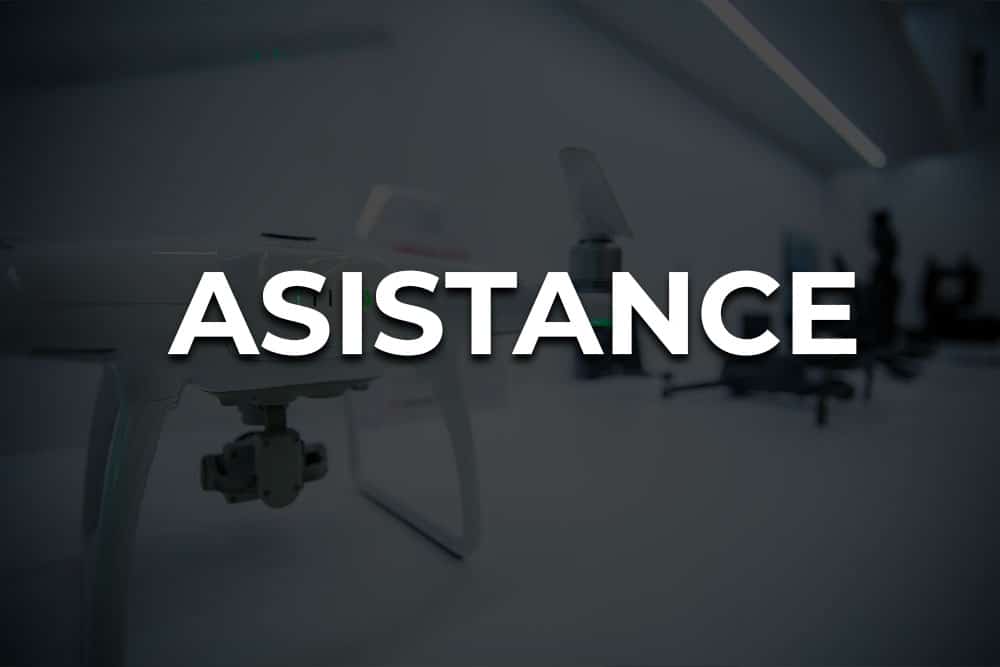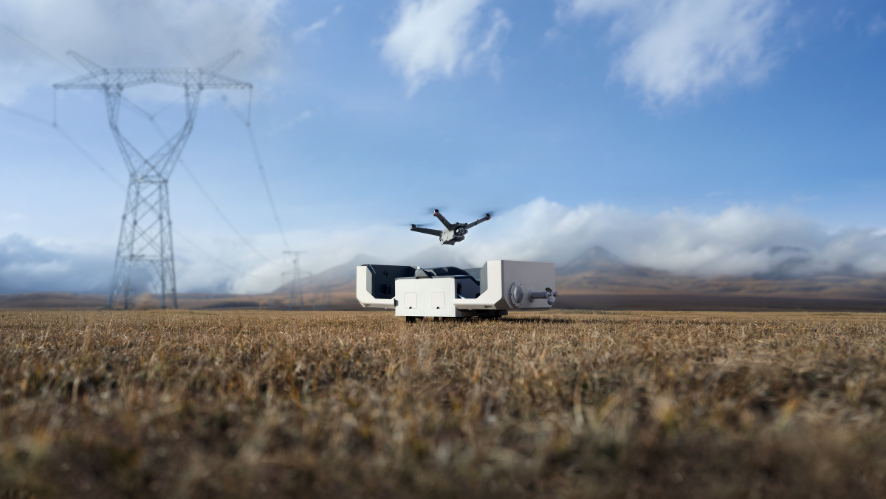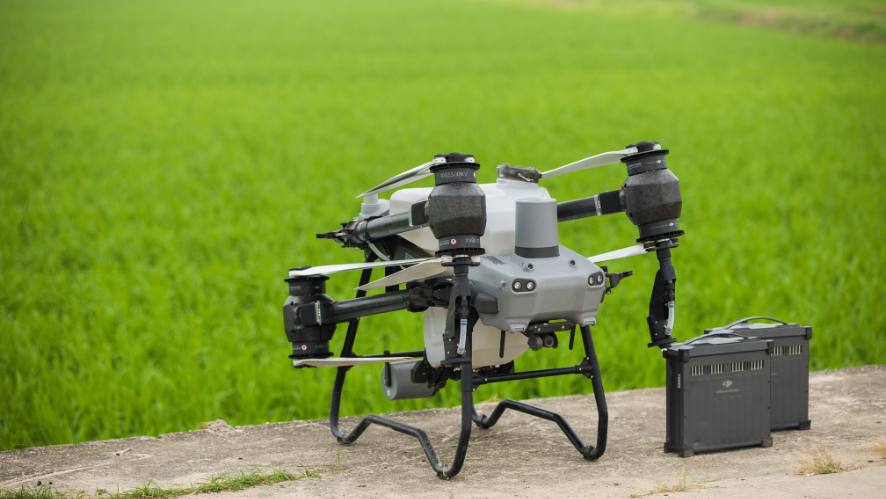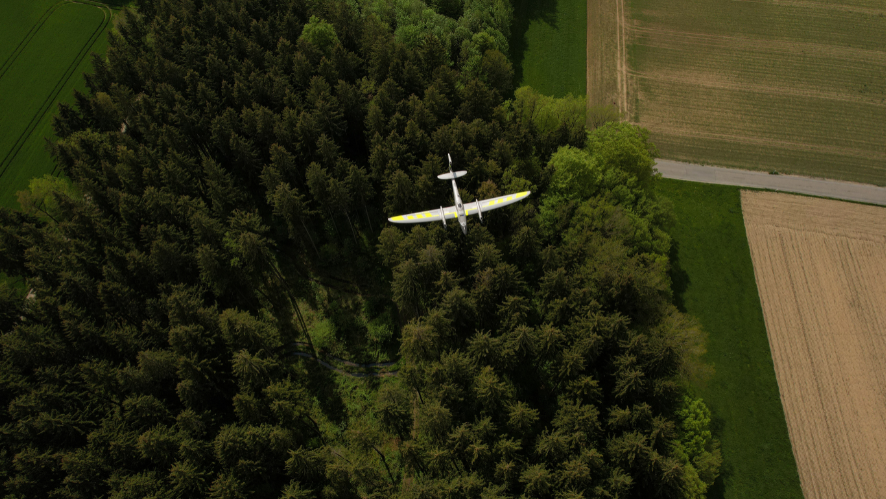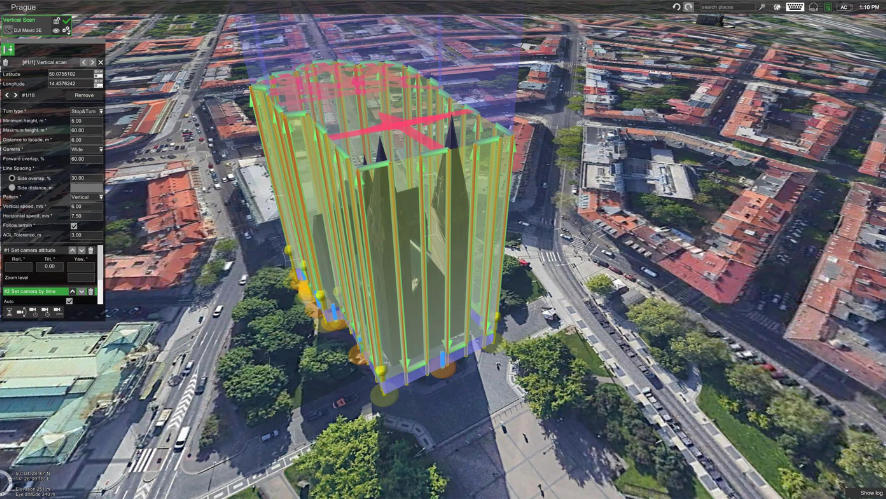DJI ZENMUSE L1
Instant clarity. Superior accuracy.
A LiDAR + RGB solution for aerial surveying tasks
The DJI Zenmuse L1 is a LiDAR sensor accessory. Efficient, accurate and easy to use, the L1 was designed for the DJI Matrice 300 RTK. The L1 integrates a Livox sensor, high-precision IMU, a 20MP one-inch CMOS visual camera with mechanical shutter and 3-axis stabilised gimbal system. When used with the M300 RTK and DJI Terra it becomes a highly efficient all-in-one aerial LiDAR solution for high-precision 3D point clouds and detailed reconstruction. The L1 can be used in a wide range of industry sectors, such as energy, forestry, public safety and more.
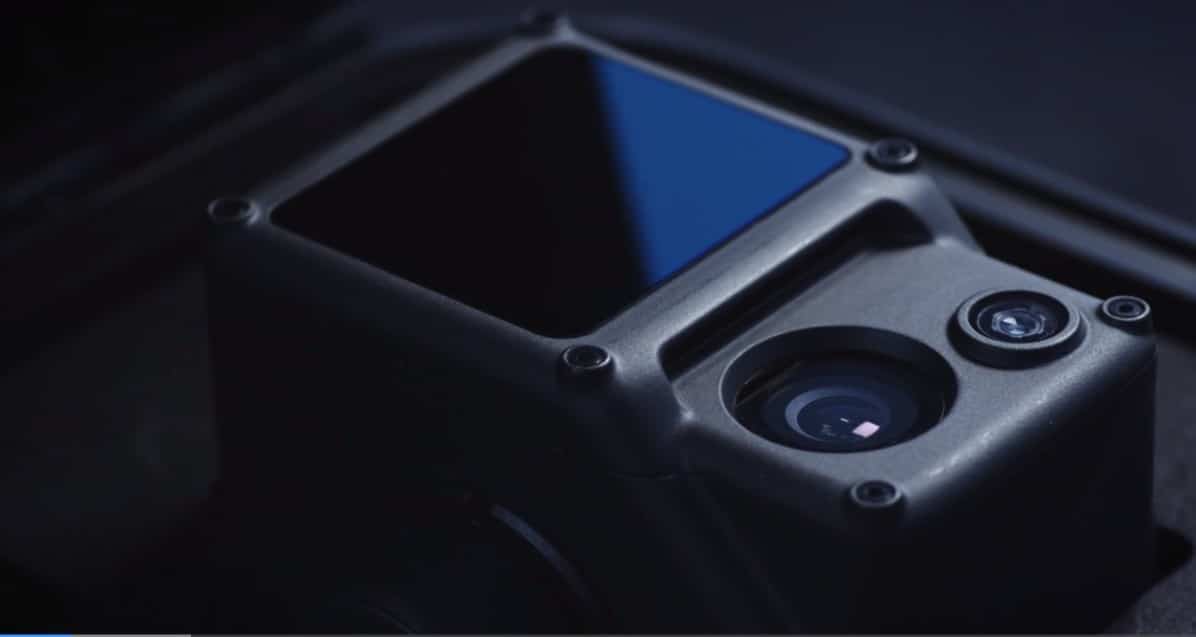
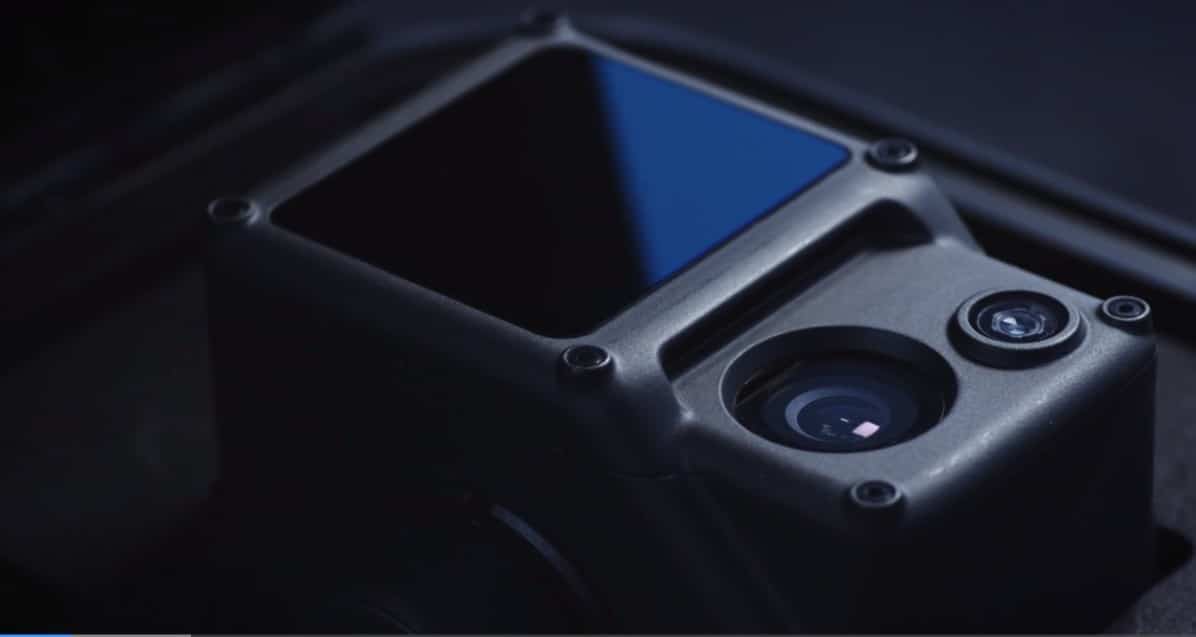
All-in-one solution: integrates a Lidar module, an RGB camera and a high-precision IMU.
High accuracy: Vertical – 5 cm; Horizontal: 10 cm (with a flying height of 50 m).
Efficient: covers up to 2km² in a single flight.
High-density point cloud: 240,000 effective points / s.
Multiple returns: supports three returns (3 echoes) (double and triple returns to increase the density of the point cloud up to 480,000 pts / sec).
Measuring range: 450 m (80% reflectivity 0 klx) / 190 m (10% reflectivity 100 klx)
LiveView point cloud: Capable of displaying and measuring point clouds in real time.
Ruggedness: IP54 rating, allowing operators to collect data in wet or foggy environments.
KEY FEATURES
Simple integration with the Matrice 300 RTK drone makes operation incredibly fast. Fully integrated Livox sensor and RGB camera, providing point cloud data with real-time colour reproduction. A built-in RGB camera features a 1-inch, 20-megapixel CMOS sensor with a mechanical shutter and auxiliary vision sensors to help maintain altitude data in the event of GNSS error in flight. Instant Point Cloud Data provides the operator with real-time information, supporting mission-critical decisions.
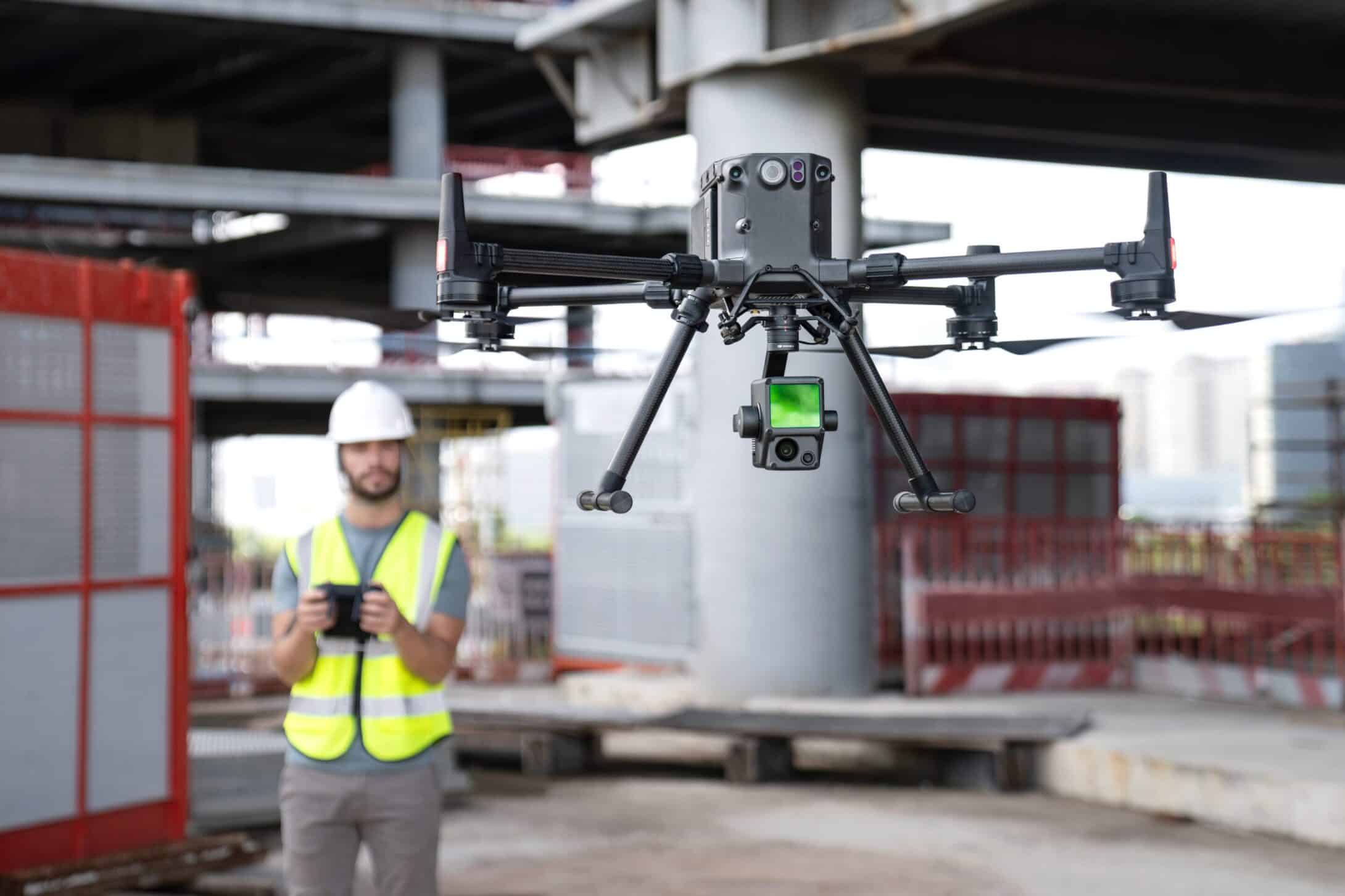
DIGITISE WITHOUT COMPROMISE
It can generate “true colour” point cloud models in real time thanks to its Unmatched accuracy it generates centimetre-accurate master reconstructions thanks to the high-precision IMU, a vision sensor for positioning accuracy and the incorporation of GNSS data.
Always ready: IP54 rating allows the L1 to operate in harsh weather environments. The active scan mode of the LiDAR module allows operation even at night.
APPLICATIONS
– Topographic Mapping: L1 is an essential tool for topographic mapping thanks to its ability to create highly accurate digital surface models (DSM) and digital elevation models (DEM).
– AEC and Surveying: L1 helps companies manage the entire lifecycle of an architectural, engineering and surveying project, thanks to its ability to generate accurate point clouds and 3D models.
– Energy and infrastructure: L1 helps reproduce 3D models of simple and complex structures, providing more accurate detail, improving operational efficiency.
– Emergency response: At any time of day, gather critical insights in real time using the true-colour point cloud.
– Law enforcement: ability to gain real-time situational awareness and forensic information to make important and assertive decisions.
– Agriculture and forestry: information on vegetation density, area, volume, layer width and growth trends.
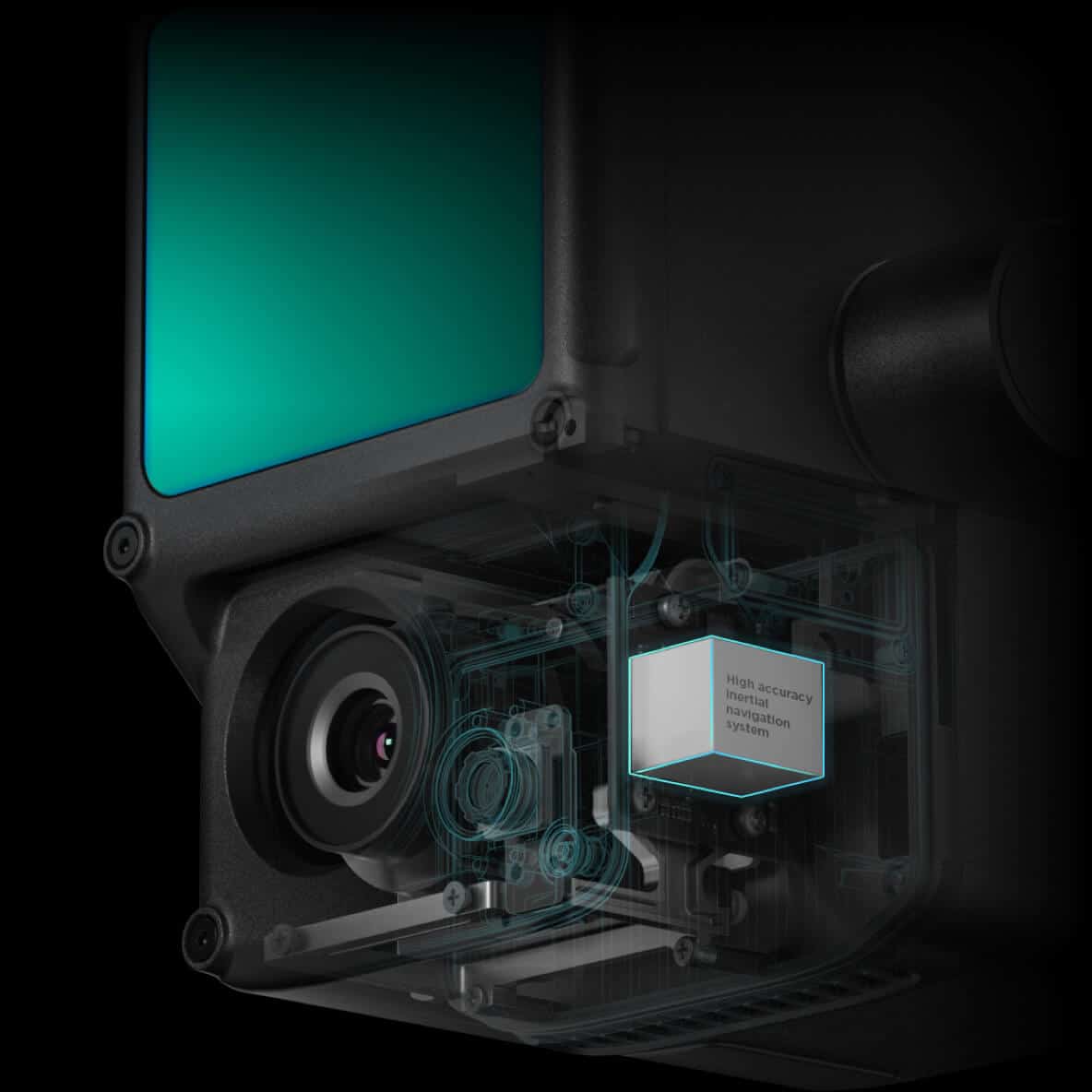

SIMPLIFIES MISSIONS
The Zenmuse L1 integrates a powerful, ultra-lightweight Livox Lidar module with a 70° field of view, a high-precision IMU and a 20-megapixel camera with a 1-inch CMOS sensor that can be used for photogrammetry missions.
The Zenmuse L1 can generate real-time colour point cloud models or acquire a large area (up to 2 km²) of point cloud data in a single flight.
With a point rate of 240,000 points per second and a detection range of 450 metres, the ease and speed of capturing quality lidar data is unprecedented. Thanks to the L1’s ability to support 3 return echoes, the point rate can be increased to 480,000 points/sec.
The L1 supports linear flight mode and mapping mode, a unique technology developed by Livox. This will provide complete coverage of the area of interest in a very short period of time and allow the sensor to capture data in any direction.
When the aircraft unexpectedly loses GNSS signal, the DJI L1 can be used continuously with the visual assistant camera to receive guidance data and maintain system accuracy in a short period of time.
– Law enforcement: ability to gain real-time situational awareness and forensic information to make important and assertive decisions.
– Agriculture and forestry: information on vegetation density, area, volume, layer width and growth trends.
RECREATE THE WORLD IN 3D POINT CLOUDS
Point Cloud LiveView: Real-time point clouds provide a clear view of the area of interest so operators can make critical decisions quickly.
– Measurement and annotation: Acquire and communicate critical dimensions in the point cloud model through measurement and annotation.
Unique post-processing: DJI Terra software combines IMU and GNSS data for point cloud and visible light calculations, and performs POS data calculations to generate reconstructed models and accuracy reports.
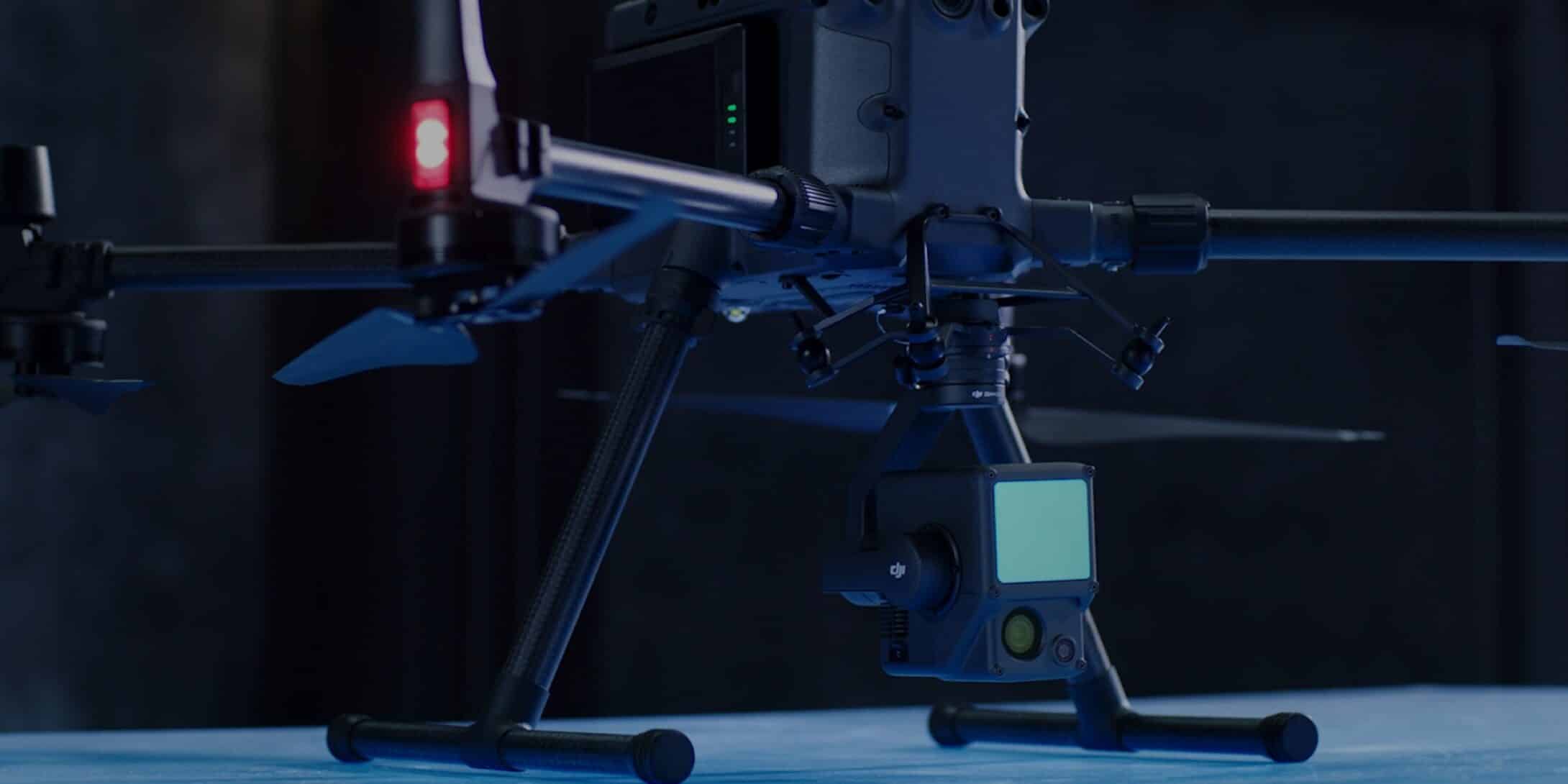
DJI L1 ADDITIONAL RESOURCES
Payload Health Management System: Integrated with the DJI Pilot application, it records the L1’s total usage time, as well as the number of rotations, error logs and product maintenance suggestions.
Real-time reconnaissance flight: The LiDAR sensor can obtain the aircraft’s height above ground in real time and perform a ground reconnaissance flight to ensure data quality and flight safety.
Accuracy report: After the flight, the pilot will generate an inspection report, see the quality of the point cloud data, the position of the photos, the number of photos and RTK status, so that the pilot can confirm the quality. From the acquired data.
FREQUENT QUESTIONS
FAQ
What is the protection level of the Zenmuse L1?
The L1 has an IP54 rating according to the IEC60529 standard. This means that it is protected against solid objects over 1mm in size and against water splashed from all directions. The protection level is not permanent however and will decrease over time due to device wear.
To ensure the highest levels of protection:
- Before installing, make sure that the interface and surface of the gimbal are dry;
- Before use, make sure that the gimbal is firmly installed on the drone and the SD card protective cap is clean, free of foreign objects, and closed;
- Before opening the SD card protective cap, wipe the surface of the drone clean.
What aircraft is the L1 compatible with?
The L1 is compatible with the M300 RTK. Before using, please upgrade the firmware of the drone and remote controller to the latest version.
Which apps are compatible with the L1?
The L1 currently supports only the Android version of the DJI Pilot App.
Does the camera require an SD card?
The camera requires a MicroSD card with Class 10 or higher transmission speed or rated UHS-1 , with up to 256 GB supported.
What is the Field of View (FOV) of the L1’s Lidar?
In Non-repetitive Scanning mode, the FOV is 70.4°x77.2°.
In Repetitive Scanning mode, the FOV is 70.4°x4.5°.
What is the maximum measuring range of the L1?
The maximum measuring range of the L1 is 190m@10%, 100klx ; 450m@80%, 0klx.
The recommended typical working height is 50m-120m.
What is the scanning frequency of the L1?
The L1 provides three scanning frequencies: one/two returns: 80K/s, 160K/s, and 240K/s; three returns: 80K/s, 240K/s.
How many scanning modes does the L1 have?
The L1 has two scanning modes: Non-repetitive Scanning mode and Repetitive Scanning mode.
How many returns does the L1 support?
The L1 supports 3 types of returns:
Un retorno;
Two returns;
Three returns.[TR2]
What does the L1’s Point Cloud LiveView do?
The L1 collects point cloud models based on RTK and displays the collected models on Pilot in real time.
The following features are supported:
- Rotating, dragging, zooming, quick switching of perspectives, and centering;
- Multiple colouring modes including RGB, reflectivity, elevation and distance;
How does the L1 perform high-accuracy post-processed modelling?
For high-accuracy post-processed modelling, you can import the data from the SD card into DJI Terra with one click. This will generate a colourized point cloud model with high-accuracy PPK-IMU position and orientation calculation supported.
Which model reconstruction formats does the L1 support?
The L1 supports the following model :Point cloud formats:
- reconstruction formats: PNTS, LAS, PLY, PCD y S3MB.
Which types of flight missions does the L1 support?
The L1 currently supports Mapping, Linear Flight Mission, Oblique and Waypoint.
What is the IMU accuracy of the L1?
In typical operating scenarios, the IMU accuracy of the L1 is 0.025°(roll/pitch)/0.15°(yaw). DJI measured accuracy under the following laboratory conditions: a five-minute warm-up was performed; then with the DJI Pilot application Mapping Mission was used having enabled “Calibration Flight” and verified that the RTK status was “FIX”; relative altitude was set to 50 m; flight speed was set to 10 m/s; stabilizer pitch was set to -90°; each straight leg of the flight path was less than 1000 m in length; and post-processing was performed with DJI Terra.
What is the Zenmuse L1’s visual aid camera used for?
The visual aid camera provides altitude data. This means that if the GNSS signal temporarily fails, the accuracy will not be affected for up to 60 seconds. Soon compatible.
What is the Zenmuse L1 RGB camera used for?
The L1’s RGB camera offers basic functions for taking photographs and recording videos, and provides real-time color information for point cloud data during laser scanning. This allows the L1 to generate true color models and point clouds.
Note that laser scanning and video recording cannot operate simultaneously.
How accurate is the Zenmuse L1’s surveying and mapping?
At a flight altitude of 50 m, the vertical accuracy of the L1 can reach 5 cm and the horizontal accuracy can reach 10 cm. DJI measured accuracy under the following laboratory conditions: a five-minute warm-up was performed; then with the DJI Pilot application Mapping Mission was used having enabled “Calibration Flight” and verified that the RTK status was “FIX”; relative altitude was set to 50 m; flight speed was set to 10 m/s; stabilizer pitch was set to -90°; each straight leg of the flight path was less than 1000 m in length; and post-processing was performed with DJI Terra.
Does the Zenmuse L1 work at night?
The Lidar module of the L1 has active detection capability which can scan terrain to collect point clouds during nighttime or other low light conditions.
Which scanning mode does the L1’s Lidar module adopt?
The Lidar module of the L1 adopts an Advanced Frame Scanning mode. This ensures that all point clouds collected are valid point cloud data.
How efficient is the surveying and mapping operation of the L1?
At a flight height of 100 m and a velocity of 13 m/s, a single flight with the M300 RTK and the L1 can collect data covering an area of 2 km2.
What are the application scenarios of the Zenmuse L1?
The L1 can be widely used in multiple scenarios including:
- Topographic surveying and mapping
- Power transmission line corridor modelling
- Emergency response surveying and mapping
- Detailed modelling
- Agriculture & forestry investigation
On which gimbal of the M300 RTK can the L1 be mounted?
The L1 can be mounted on the right downward gimbal port (when facing the drone) of the M300 RTK. Currently, only support single gimbal mode.
SPECS
Access to technical specifications
GENERAL
Product name
|
Zenmuse L1
|
Dimensions
|
152 × 110 × 169 mm
|
Weight
|
930±10 g
|
Power
|
Typical: 30 W; max.: 60 W
|
IP protection
|
IP54
|
Compatible aircraft
|
Matrice 300 RTK
|
Operating temperature range
|
–20 a 50 °C (de –4 a 122° F) 0 to 50 °C (32 to 122° F)(when using an RGB mapping camera)
|
Storage temperature range
|
–20 a 60 °C (de –4 a 140° F)
|
SYSTEM PERFORMANCE
Detection range
|
450 m at 80% reflectivity, 0 klx; 190 m at 10 % reflectivity; 100 klx
|
Frequency of points
|
Single return: max. 240,000 pts/s; Multiple return: max. 480,000 pts/s
|
System accuracy(RMS 1σ)
|
Horizontal: 10 cm a 50 m; Vertical: 5 cm a 50 m
|
Real-time point cloud coloring modes
|
True color; coloration by reflectivity; coloration by elevation; coloration by distance;
|
LiDAR
Range accuracy(RMS 1σ)
|
3 cm a 100 m
|
Maximum allowable returns
|
3
|
Scanning modes
|
Non-repetitive scanning pattern, repetitive scanning pattern
|
Field of view
|
Non-repetitive scan pattern: 70.4° (horizontal) × 77.2° (vertical); Repetitive scan pattern: 70.4° (horizontal) × 4.5° (vertical)
|
Laser safety
|
Class 1 (IEC 60825-1:2014) (Ocular Safety)
|
INERTIAL NAVIGATION SYSTEM
IMU update frequency
|
200 Hz
|
Accelerometer range
|
±8 g
|
Angular velocity meter range
|
±2000 dps
|
Yaw accuracy (RMS 1σ)
|
Real time: 0.3°, post-processing: 0.15°.
|
Tilt/rotation accuracy(RMS 1σ)
|
Real time: 0.05°, post-processing: 0.025°.
|
AUXILIARY POSITIONING VISION SENSOR
Resolution
|
1280×960
|
Field of view
|
95°
|
RGB MAPPING CAMERA
Sensor size
|
1 inch
|
Effective pixels
|
20 MP
|
Photo size
|
5472×3078 (16:9); 4864×3648 (4:3); 5472×3648 (3:2)
|
Focal Length
|
8.8 mm / 24 mm (Equivalent)
|
Shutter Speed
|
Mechanical shutter speed: 1/2000-8 s Electronic shutter speed: 1/8000-8 s
|
ISO
|
Video: 100-3200 (Auto), 100-6400 (Manual) Photo: 100-3200 (Auto), 100-12800 (Manual)
|
Aperture Range
|
f/2.8 – f/11
|
Supported file system
|
FAT (≤32 GB); exFAT (>32 GB)
|
Photo format
|
JPEG
|
Video formats
|
MOV, MP4
|
Video Resolution
|
H.264, 4K: 3840×2160 30p
|
Gimbal
Stabilized system
|
3 axes (tilt, rotation, pan)
|
Rango de vibración angular
|
0.01°
|
Support
|
DJI SKYPORT detachable
|
Mechanical Range
|
Mechanical Range: Tilt: -120° to +30°; Pan: ±320°
|
Operation Modes
|
Follow/Free/Re-center
|
Data Storage
Raw Data Storage
|
Photo/IMU/Point cloud data storage/GNSS/Calibration files
|
Supported microSD Cards:
|
microSD: Sequential writing speed 50 MB/s or above and UHS-I Speed Grade 3 rating or above; Max capacity: 256 GB
|
Recommended microSD Cards3
|
SanDisk Extreme 128GB UHS-I Speed Grade 3 SanDisk Extreme 64GB UHS-I Speed Grade 3 SanDisk Extreme 32GB UHS-I Speed Grade 3 SanDisk Extreme 16GB UHS-I Speed Grade 3 Lexar 1066x 128GB U3 Samsung EVO Plus 128GB
|
Post-processing Software
Supported Software
|
DJI Terra
|
Data Format
|
DJI Terra supports exporting standard format point cloud models: Point cloud format: PNTS/LAS/PLY/PCD/S3MB format
|



